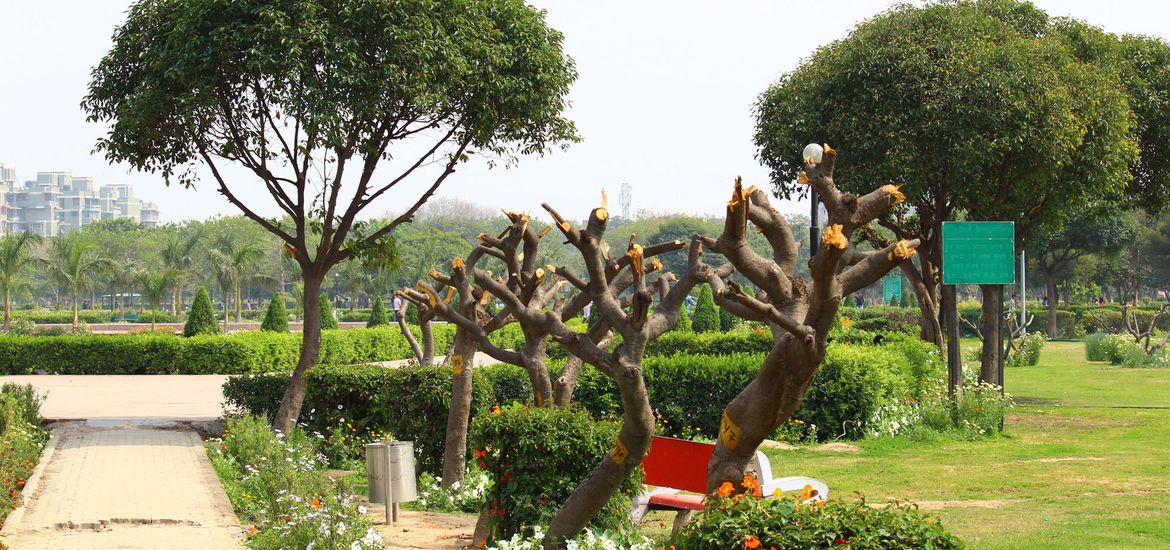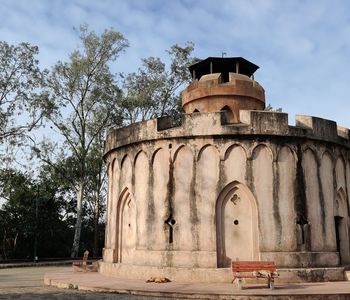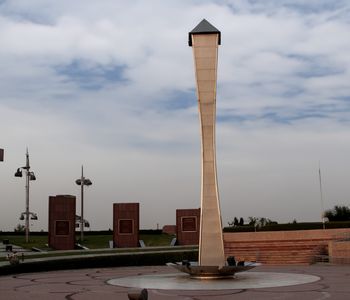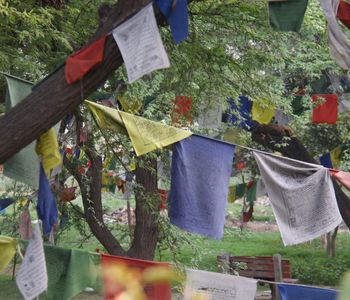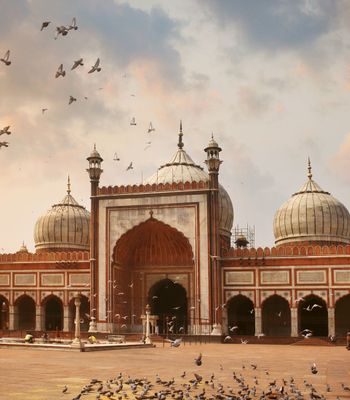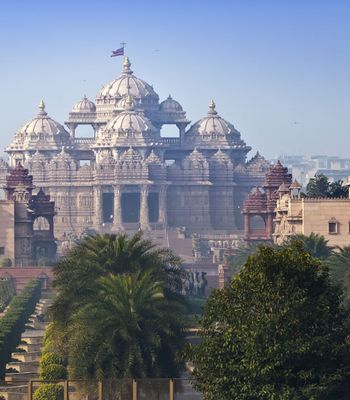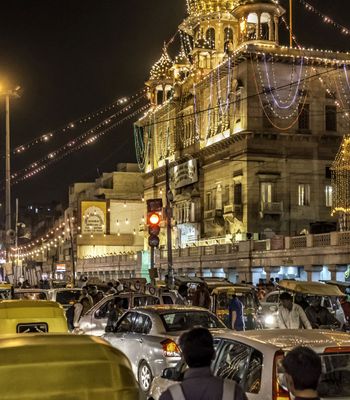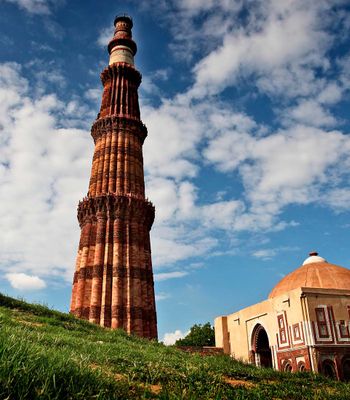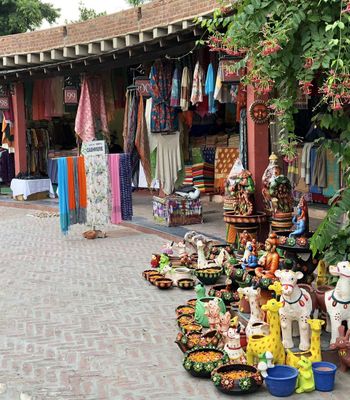Delhi buzzes with life, energy, and nonstop activity. And hidden in the Rohini neighbourhood lies a gem that promises calm and nature’s embrace: the Japanese Park, officially known as Swarn Jayanti Park.
Spanning over 250 acres, it’s one of Delhi’s largest parks, offering a rare chance to reconnect with nature without leaving the city. The unique Japanese-inspired landscaping and spacious greenery make it a must-visit spot for locals and travellers craving peace.
Historical Background: From Modern Vision to Urban Green Space
Unlike Delhi’s centuries-old monuments, Japanese Park doesn’t have a royal origin story or ancient legacy. Instead, it is a product of modern urban planning by the Delhi Development Authority (DDA).
The park was created in the late 1990s during India’s 50th year of independence, which is why it carries the name “Swarn Jayanti,” meaning “Golden Jubilee.” The DDA designed this park to give residents in northwestern Delhi a large, clean, green space for recreation and relaxation.
As Delhi rapidly urbanized, green patches were disappearing, and this park was a conscious effort to balance concrete growth with nature. Its design borrowed inspiration from Japanese gardens to offer a different, peaceful experience than the typical Indian park.
An Architectural Design in Japanese Landscape
Walking into Japanese Park, you immediately notice a very deliberate landscape design. The park follows many Japanese garden principles focused on harmony, tranquility, and simplicity.
Some architectural highlights include:
- Water Bodies and Lakes: Large, calm lakes are central, designed to mirror the sky and trees. These bodies of water invite meditation and boating.
- Curved Bridges and Pathways: Small wooden and stone bridges arch over streams, inviting visitors to slow down and enjoy the walk. The curved paths avoid straight lines, encouraging meandering rather than rushing.
- Zen Garden Elements: You’ll see carefully trimmed bushes, stone lanterns, and quiet corners made for reflection. The minimalist, natural style is meant to soothe the mind.
What Makes the Japanese Park Special
The park offers a variety of features that attract different kinds of visitors, whether you want exercise, family time, or just a quiet spot to sit.
- Walking and Cycling Trails: Paved and shaded trails stretch across the park’s expanse. People who like jogging, cycling, or just walking often come here early in the morning to breathe in the fresh air and enjoy the peaceful vibe.
- Picnic Spots and Lawns: The park’s wide lawns invite groups and families for picnics, especially during weekends and holidays. It’s a great place to spread a mat and enjoy food under the sun or shade.
- Birdwatching: Thanks to the lakes and greenery, the park attracts many birds, from bright parrots and kingfishers to ducks and mynas. Bird lovers often visit with binoculars.
- Photography Opportunities: The interplay of morning mist, sunlight on the water, and Japanese-style landscaping offers photographers many beautiful moments to capture.
Community and Culture at the Park
Though Japanese Park doesn’t have traditional historical festivals, it hosts several community events and activities:
- Yoga and Fitness Sessions: Many local instructors and groups hold free or paid yoga and meditation classes on weekends and mornings.
- Eco-awareness Drives: Resident Welfare Associations and NGOs sometimes arrange cleanliness drives, tree planting, and environmental awareness programs in the park.
- School and Cultural Events: Occasionally, schools hold art shows, musical performances, or exhibitions here, inviting public participation.
Whether you want to relax, exercise, spend time with family, or just soak in nature’s calm, Japanese Park’s extensive greenery, lakes, and community spaces make it a place for everyone. If you’re visiting Delhi and feel the need to escape the traffic and noise, this park is a refreshing choice.
